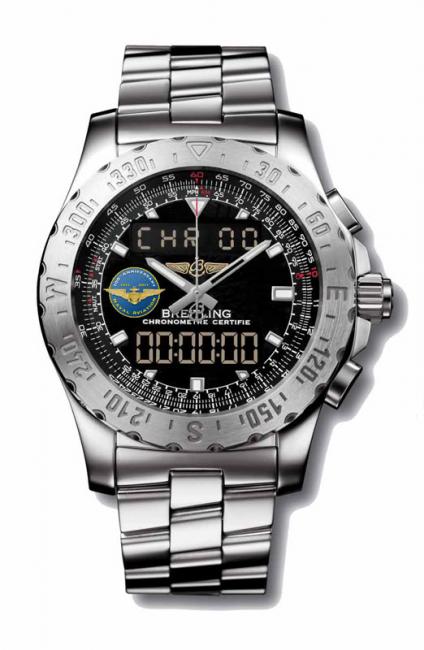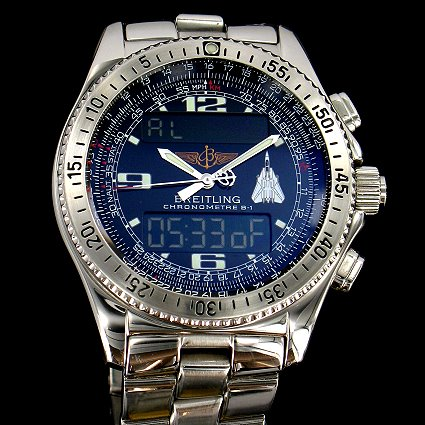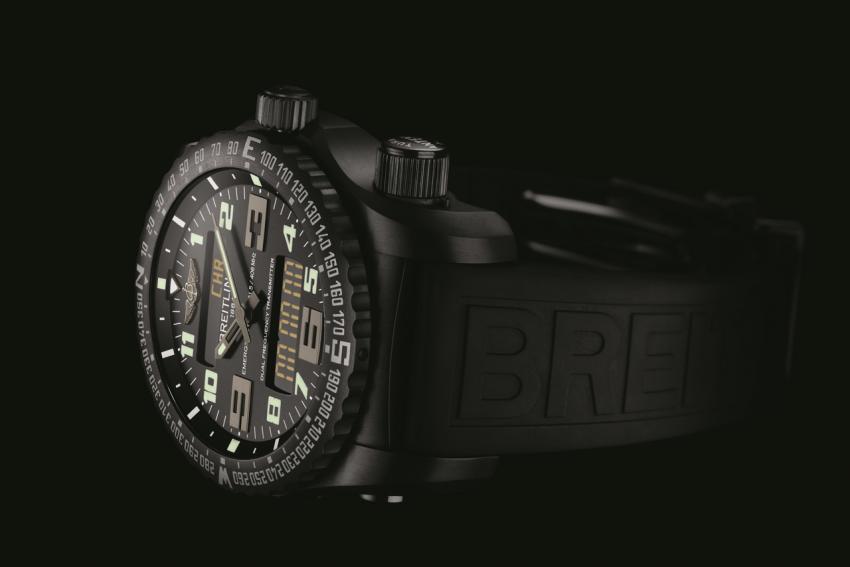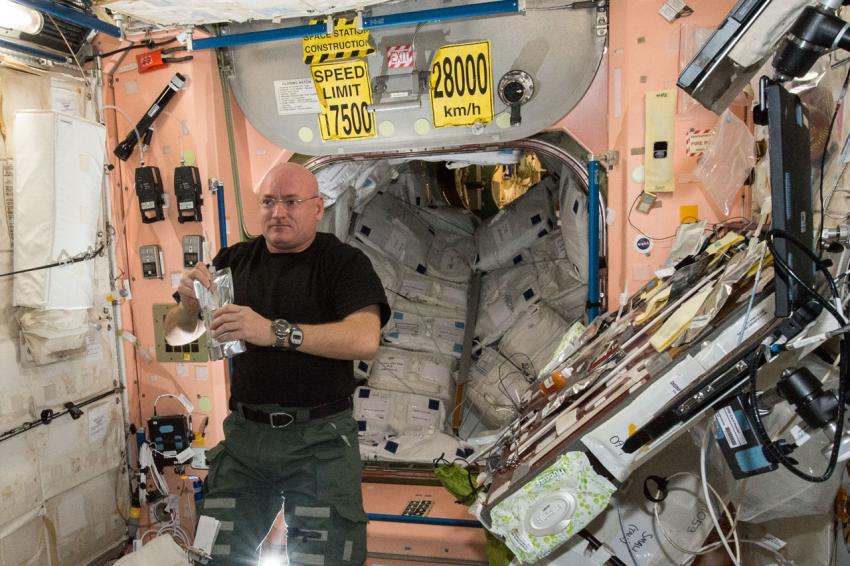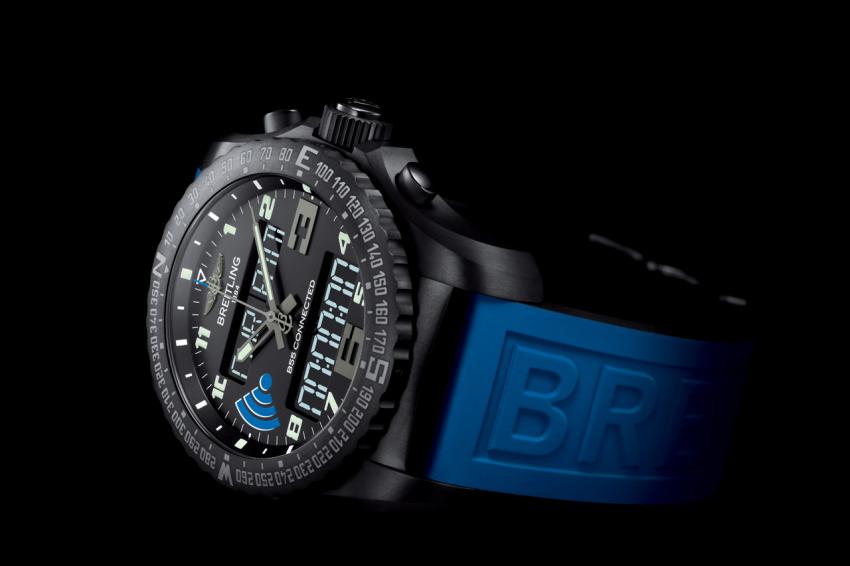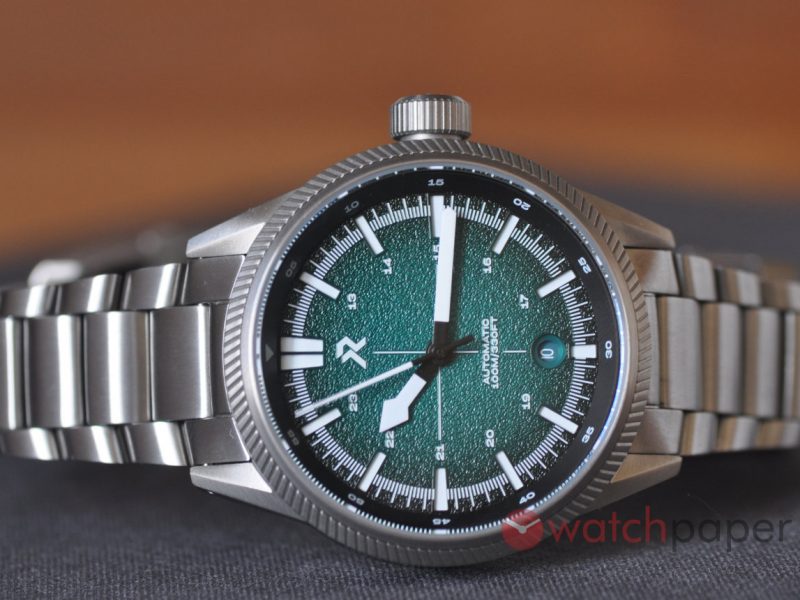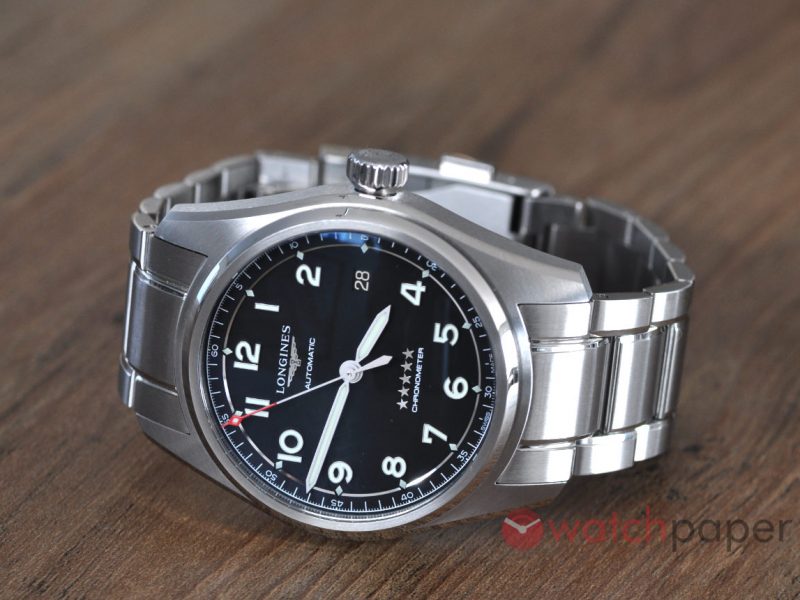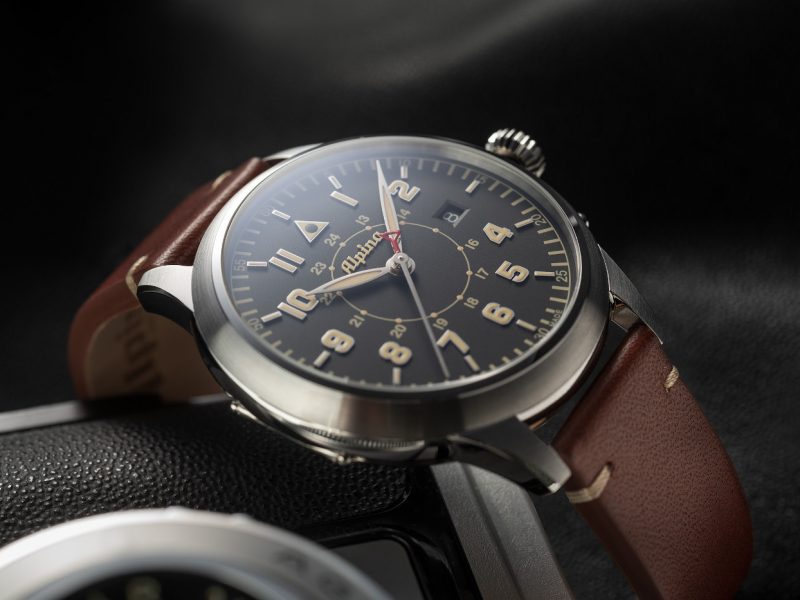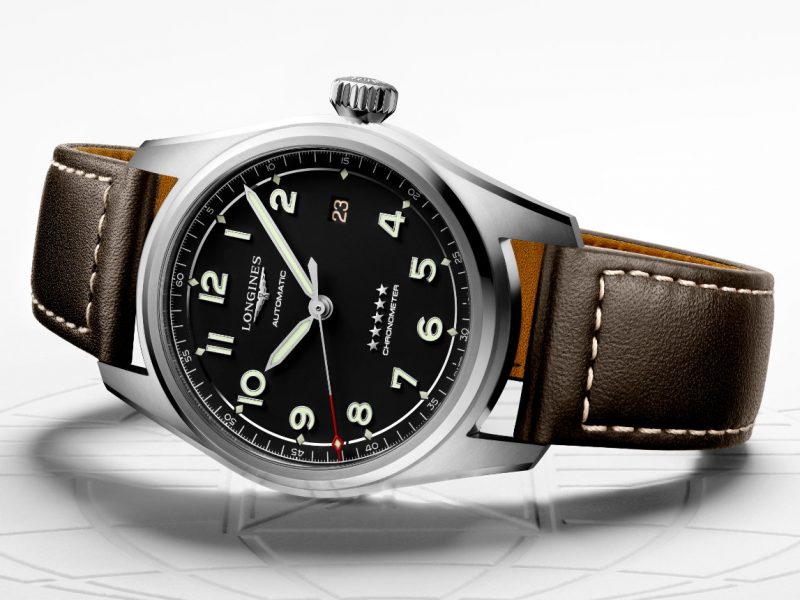Mark and Scott Kelly: Watches, Space, and Time
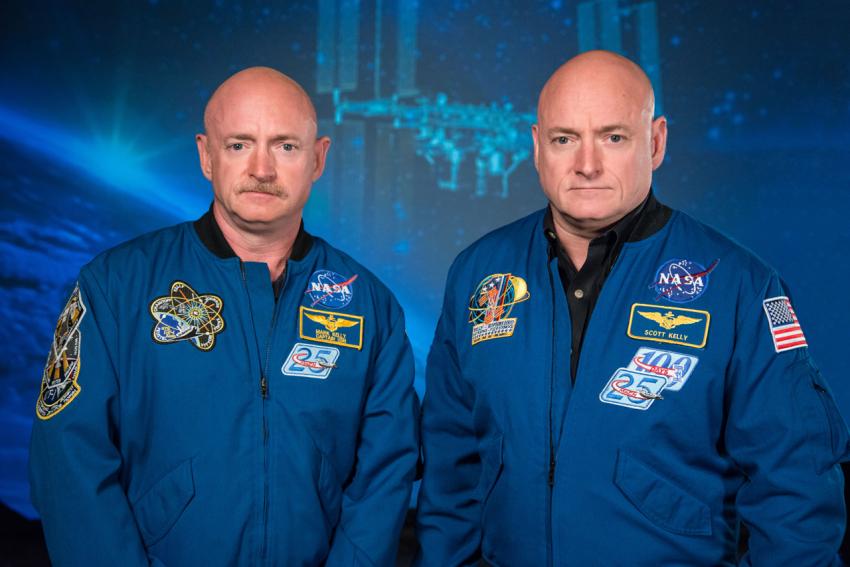
Mark Kelly along with his brother, NASA Expedition 45/46 Commander, Scott Kelly (Photo credit: NASA/Robert Markowitz)
We, rightly, celebrate the achievements of the space program at NASA and lionize the astronauts who spend years preparing for missions that put them at great risk. Advancing our knowledge of science and space travel, each mission adds to our understanding of where we, as a species, fit into the cosmos and of what it will take to eventually expand beyond our home. The space program’s milestones that resonate most in the popular imagination are cinematic in scope – the first moon landing, the Space Shuttle’s first flight, the Challenger tragedy – but the majority of the missions to the International Space Station, today, happen without any great fanfare. We, wrongly, think of them as routine. But in the absence of prime-time coverage, another cause for celebration has emerged: extreme competency. Think of movies like The Martian or Sully, which showcase applied knowledge, ingenuity, and persistence as much as final-act bravery to understand the shift in emphasis from grand heroics to the thousands of small acts and innovations that underpin great acts. This shift is a welcome one for watch-lovers because the small, but complex, is our home turf.
Astronauts Scott and Mark Kelly participate in both kinds of heroism. Starting as naval aviators with distinguished flight and combat experience, they moved, in 1996, to the space program training as astronauts assigned to pilot the Space Shuttle. After many successful missions they, because they are twins, participated in a medical study (still ongoing) of space’s effects on the human body. Scott commanded the ISS for 340 days while Mark was the control subject back on Earth. Throughout their aviation and spaceflight careers, they have always been cognizant of how being thoroughly prepared (competent) increases the odds of success…right down to the timepieces that I discovered (to my surprise) play a central role in duties aboard the shuttle and the international space station. Far from being quaint mechanical backup equipment, the watches worn by Mark and Scott Kelly are key to their missions. I spoke via phone with both Mark and Scott to find out more about their love of watches, what they do with them in space, and how they see the mechanical wristwatch playing a role in the future of spaceflight.
Watchpaper: How did you become aware of Breitling and how did you come to choose them as a watch in your aviation and, later, your spaceflight career?
MK: The awareness starts out for any young naval aviator – I can’t speak for the air force – that the big watch and being an aviator go hand in hand. For any young naval aviator the watch that people envy is Breitling. It’s the swiss watch most closely associated with aviation and is the watch everybody wants. It’s looked at as an aspirational purchase. It’s a well-made watch designed for the job of being the pilot of a high-performance airplane. I didn’t own one when I was younger for a number of reasons. One is that they are not inexpensive. Later in my career as an aviator and astronaut, there are certain watches we are supplied with by the government that didn’t perform as well as I would like. So for my later missions (after the first shuttle flight), I flew with my own Breitling watch. My relationship with Breitling started there. For my last flight aboard the space shuttle, the Association of Naval Aviation reached out to me to fly with the first of 200 of Breitling’s Centennial of naval aviation watch. That’s how my relationship with the company started.
SK: As Mark said, I was aware of Breitling’s watches but when you’re an ensign in the navy and making $800 per month in 1987, it’s not something you can afford. But it’s something you want and, eventually, I was a commander in the navy at NASA and in 2006 (the year that the F-14 Tomcat, which I flew, was being retired) Breitling made this special edition watch for the retirement of this iconic airplane and I bought one and flew it in space on my second flight in 2007 as the commander of the space shuttle. Breitling sent me #1 of the series of Aerospace watches, the special edition with the F14 Tomcat inscribed on the front and the years the plane was in service inscribed on the back. Ever since then I have loved Breitling watches and am happy to be associated with the company in a more formal way.
Watchpaper: You wear a lot of gear when flying both planes and space shuttles and I myself have trouble working out how to work a slide rule (even with the manual sitting next to me). Does using it become second nature? Do you use it in any practical way when flying a jet?
SK: The airplanes are now so sophisticated that a lot of the calculating is taken care of by the jet itself. I think pilots use the slide-rule feature when they are younger and learning how to fly airplanes. They definitely use it in a less-sophisticated airplane, but when you are flying a fighter plane, a lot of the calculating is handled for you by the onboard systems. But you do use it for accurate time and the alarm. Now, with the Emergency – not that you would ever want to use the primary feature of that watch – it is great to have the emergency beacon there for when you might need it.
WatchPaper: When in space, you are obviously very busy with duties most of the time. The shuttle and ISS represent state-of-the-art technologies, but when you bring a wristwatch with you to space do you find that it serves a primary function in your tasks or does it serve as more of a backup piece of technology?
SK: We have a very detailed timeline that we operate on. We’re scheduled down to 5-minute increments. Some days, if you’re doing brief activities, you could have 20 tasks scheduled in a day. Or, a space walk can take 10 hours of your day or even longer. One of the most important instruments that you carry around with you in space is a watch because it’s very important for you to keep track of time so you know when you have to do the next thing. A lot of the time the activities require a stopwatch or countdown timer. If you are going to turn something on and keep it on for 15 seconds, you need a watch. Or if you need a countdown timer for an alarm to go and do your next activity, a watch helps you keep things in order. You use those features continually throughout the day. For example, passing over points on the earth, you need to tell the time down to the second to take a photo at just the right time.
MK: On the space shuttle, whether it’s in orbit, during ascent, or during re-entry you’re often timing procedures. For example, after main engine shut down, you have to close the main engine valves and they have to be closed on time and while I’m doing that I’m not using the egg timers scattered throughout the cockpit, I’m looking at the Breitling watch on my wrist to do the timing of these very critical procedures. It’s something that you use continuously during a space mission.
Watchpaper: The perception of time is generally subjective, but when you aren’t on the earth and lack the normal cues that let you know time is passing, how does your perception of time change?
MK: It’s not just the perception of time that changes, it’s time itself. As Einstein theorized (and later proven through experiments), the faster you travel, the slower time passes. Scott has spent over 500 days in space at over 17000 miles per hour. Over that period of time, I’ve aged more than he has. Time has slowed down for him because of the speed he travelled at.
SK: Living in space for a long period, we are very busy so the days went by very quickly but the weeks and the months went by very slowly. I can remember being up there in June and if I was on a normal duration flight I would be going home but at that point, I had 9 months ahead of me. We work on Greenwich time on the space station and in the morning we generally get up about 45 minutes before the day starts and you work on GMT and go to bed at 10-11pm at night. You have 16 sunrises and sunsets every day, so you don’t have a natural circadian rhythm created by the sun and the earth’s rotation so relying on your watch is even more important for you being able to know when it’s time to wake up and go to sleep.
Watchpaper: How did you find that your perception of time changed when you returned to earth?
SK: Adjusting to the return to earth, after having a very set schedule in space for a long period, is the hardest part about being in space for a long time. Coming back to earth it’s difficult to acclimate to doing everyday things without the constant push of the schedule. There’s no one telling you what to do all the time. After my last flight, it took me as long as the duration of the flight itself (159 days) to feel like I was back to normal. This time, I suspect it might be closer to a year before I feel completely back to normal.
MK: It’s probably like what a prisoner experiences after being in jail for a long time. On the shuttle, my longest flight was 16 days. The mission feels like a constant emergency. You have so much to do in such a short time, it’s full throttle all the time. I think it’s easier to recover from that because you weren’t in space for very long.
WatchPaper: With the impending Mars mission, what would you like to see in a watch built for that kind of journey?
SK: Breitling’s Aerospace or Emergency watches are already good watches for space. They have great features. I wore the Emergency watch for my first long-duration flight and coming back on the Soyuz I was half hoping we would land off course so I could use the beacon built into the watch. The B55 is a good watch too for that kind of task. What I would like would be things like a bright light, a loud alarm, something that could be connected to another device to set multiple alarms.
MK: One of the other things you would need would be a watch that tracks both the time on earth as well as martian time, where a day is less than 24 hours. That would be a challenge, particularly with a mechanical watch. Dual time would be more than just time zones but dual planetary time registered on the watch. Breitling should make one of those.
This interview has been condensed and edited for clarity.


